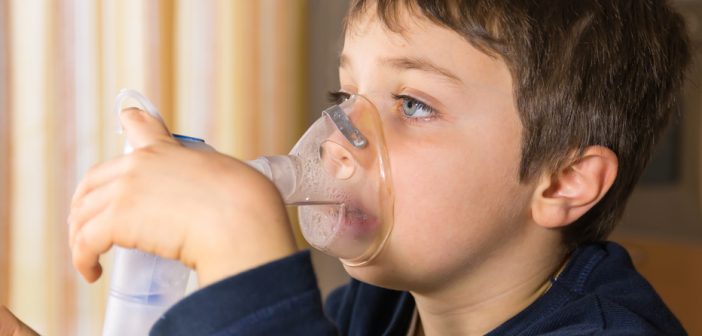As the colder whether sets in, this can trigger respiratory issues in children such as croup and asthma.
While croup is a viral illness that affects the upper airways, asthma is a chronic inflammatory condition of the lungs.
Croup often starts with cold-like symptoms and causes inflammation of the voice box and wind pipes which produces the characteristic hoarseness and bark-like cough. As croup is a virus it cannot be treated by antibiotics. Severe cases can be treated with short courses of steroid medication. Croup is less common in older children as their airways get stronger.
One in nine Australians suffer from asthma. It is charactered by breathlessness, tightness in the chest, wheezing and a continuous cough. Like croup, asthma can often be worse at night and early morning as cold air is a trigger. Other triggers include colds, flus and viruses (such as croup), dust mites and other allergens, as well as physical activity.

A condition that can vary in intensity depending on the individual, asthma in children is hard to diagnose. According to the Australian Asthma Handbook, this is because respiratory symptoms in small children are not uncommon, with many sufferers growing out of these symptoms in later childhood. Also appropriate lung testing is difficult on the young.
This is consistent with my own personal experience, having spent a few nights in the emergency department with my son having difficulty in breathing. Despite requiring adrenaline and nebulisation, he was diagnosed with suffering “viral induced wheeze” at the time.
However, as he grew attacks became less common and now at age 8 it has been 12 months since his last episode. I still keep ventolin handy and will await flu season with trepidation, but I am quietly confident he is outgrowing his respiratory symptoms.
If you suspect your child has a respiratory issue such as asthma, it is best to consult your GP who may send you to a paediatric specialist. For moderate to severe cases, preventer medication and ventolin may be prescribed. It is also a good idea to avoid any known triggers where possible and talk to your doctor about developing an asthma action plan so everyone can be prepared in the event of an attack.
If your child is having trouble breathing, try to stay calm and keep them calm also. Do not hesitate to seek immediate medical assistance if your child’s condition deteriorates.

